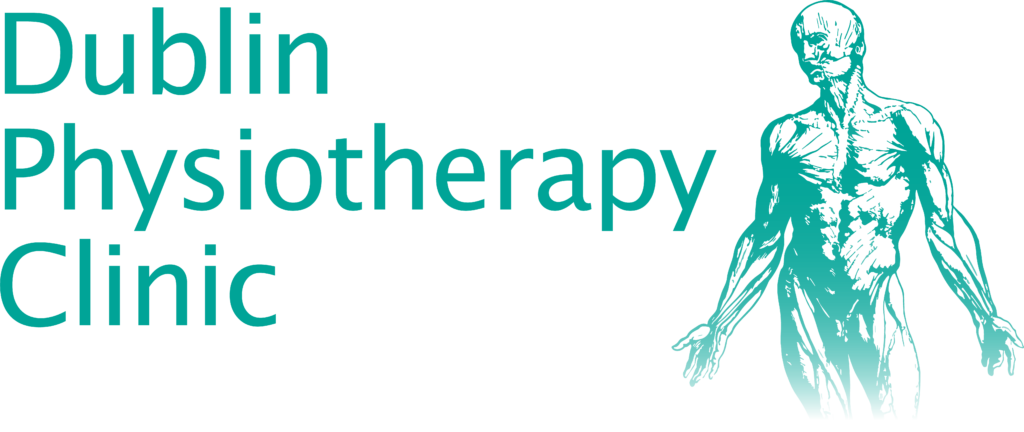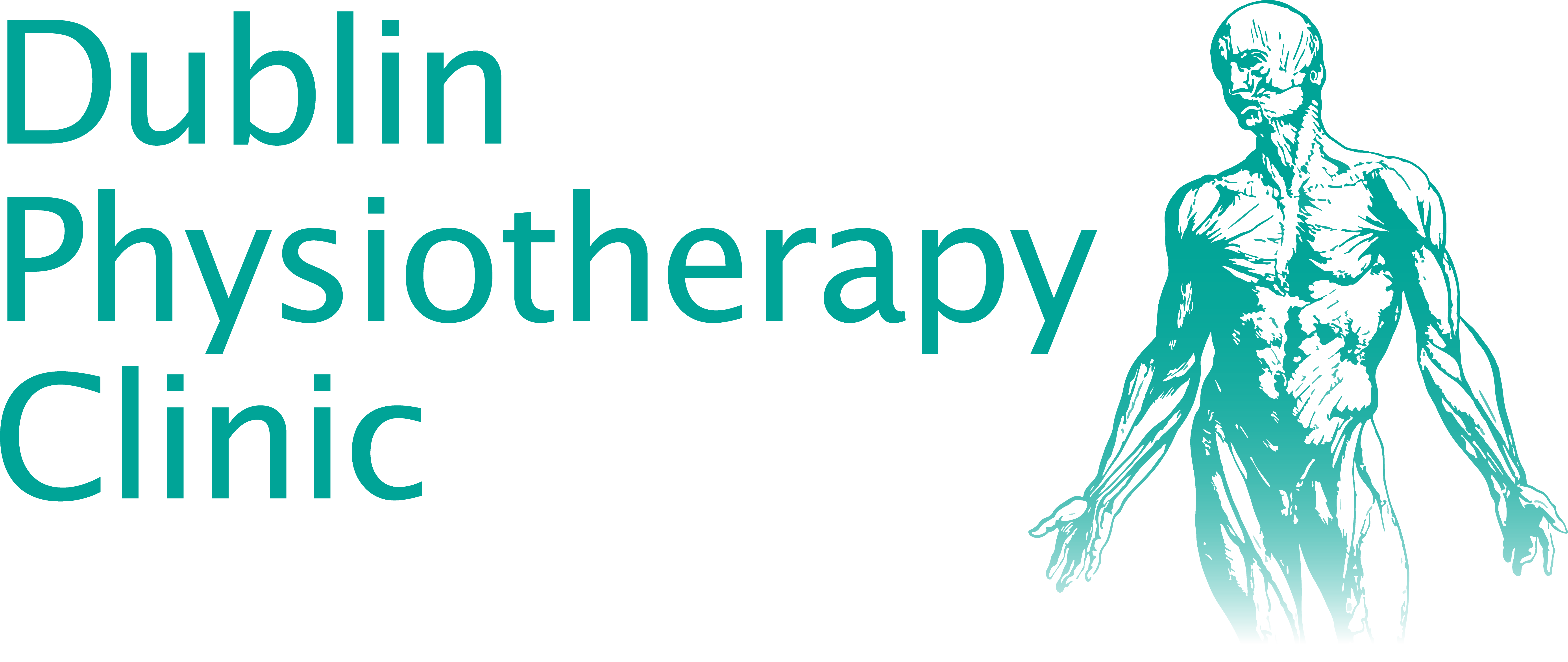Just for the record….
-
Pain does not provide a reliable measure of tissue damage.
-
Pain is influenced by many factors including body tissue, psychological and social elements.
-
The relationship between pain and tissue sorness is less predictable as pain persists.
-
Pain can be thought of as a conscious awarness of the perception that tissue is in danger.
This is a theme we have discussed before (pain and the brain) and the above are indisputable facts derived from scientific evidence ( emerging field of Multisensory Integration)!. This area of research dedicated to understanding how the brain synthesises information from different senses to co-ordinate an appropriate response. This is being integrated into physiotherapy and other clinicians treating pain disorders and requires us to reconceptualise our model of pain and the framework for which we provide patient care. In layman’s terms – it means that pain is much more complicated than it appears on the surface!
At the forefront of this research is physiotherapist Lorimer Moseley, Professor of Clinical Neurosciences and Chair in Physiotherapy at the University of South Australia, Adelaide.
We recently caught up at a seminar he conducted entitled “Pain and the Performing Brain”. As the title suggests the focus of the day was to explore the multi-modal factors which influence pain perception and how these impact on performance. Many concepts were presented and we were fortunate to extract some key take home messages in an interview I recorded which is posted below. Click here if you can’t wait.
[audio:http://www.physiodigest.com/wp-content/uploads/2011/06/LorimerMoseley-Ed.mp3|titles=LorimerMoseley-Ed]Lorimer’s team have proposed a theoretical model termed the “Cortical Body Matrix” to integrate the broad spectrum of sensory and perceptual factors which have been shown to influence the pain experience. Perceptual in this context does not mean imagined but is a real neurophysiological occurrance.
Recent developments in brain imaging have demonstrated diffuse, variable and sometimes disparate cortical (brain) activity in response to painful stimuli – not explained by a what used to be considered a “pain centre” in the brain ie; it can’t be cut out or ablated by procedures.
Previous posts on Lorimer’s excellent www.BodyinMind.org site discuss aspects of sensory conflict (contradictory symptoms based on our current understanding) which can be used to “break-up associations” in the neuronal networks which combine to produce the pain experience. Some of the emerging treatment strategies involve:
Access Strategies to Cortical Body Matrix
- Visual illusion
- Mirror illusion
- Conflicting tactile /Proprioceptive /visual cues.
- Limb positioning
- Visual distortion (magnification of effected part)
- Image recognition (body part aspects and orientation)
Clinical Conundrums
As clinicians we are familiar with symptom reports of:
- Swelling (when not visibly evident),
- Heaviness (when identical size)
- Localisation discrepancy (when obviously present)
- Thermal sensory disturbance (with similar temperature)
- Dysaesthesia (exploding, crushing, non-responsive, sluggish)
- These can be coupled with…
- Proprioceptive deficiencies
- Blood flow changes
- Sensory impairment
- Spatial processing deficits
- Motor abnormalities
This information forces us to move away from the pain pathway / pain centre model of pain to integrate other dimensions such as perception, prior experience, context, perceived threat, cognitive and emotive processes as parts of a neuronal network which ultimately produces pain sensation.
I would also add factors such patient satisfaction, confidence in the clinician, perceptions of empathy, clinician credibility, body language, communication skills, personality, commitment to help, therapeutic environment as other, parallel sensory input’s – at the risk of sounding a bit “new age-y”.
To quote a pioneer in this field;
From the existing body of research there can be no doubt that our senses are designed to function in concert and that our brains are organised to use the information derived from multi-sensory channels cooperatively to enhance rapid detection, identification and response. Even experiences that appear to be modality specific have most likely been influenced by other sensory input whether perceptible or sub-conscious.
Charles Spence ( The Handbook of Multisensory Processes ).
Certainly exciting times in the discovery of pain mechanisms and treatment. These approaches are moving away from drug related treatments into a more holistic approach. At Dublin Physiotherapy Clinic we have embraced this approach and stay actively engaged in developments.
Have you noticed this during your treatment?





